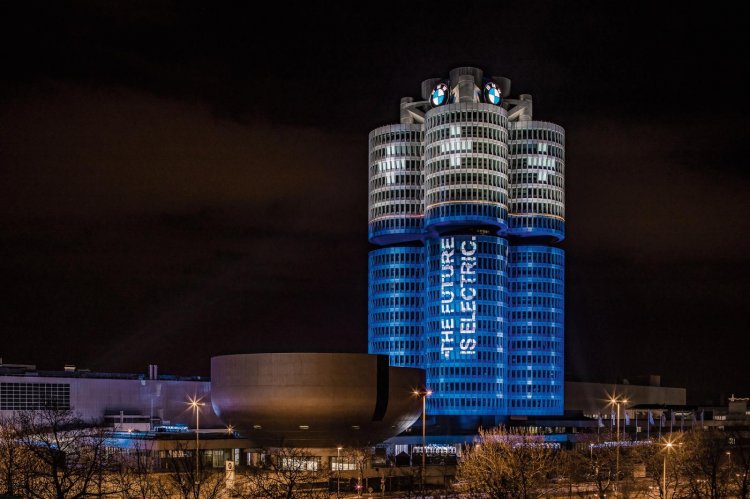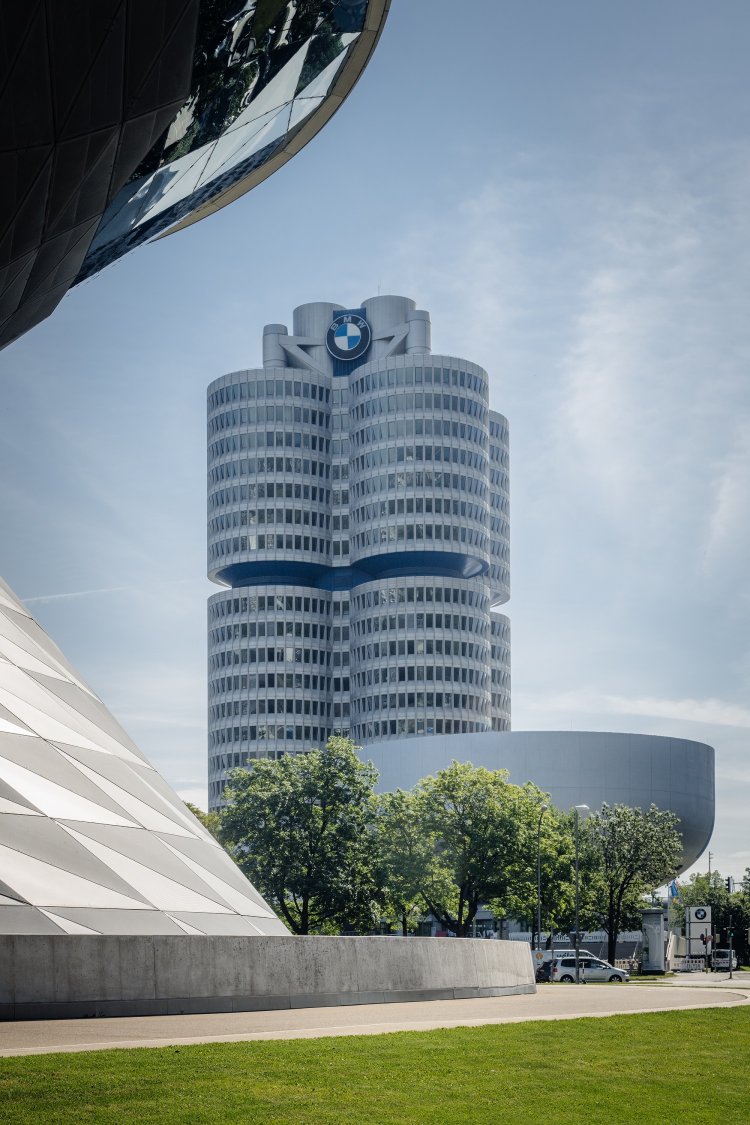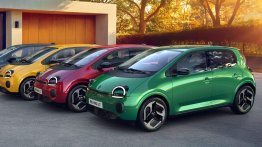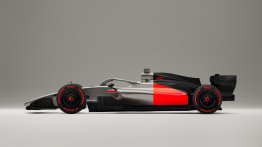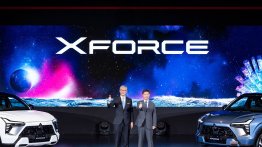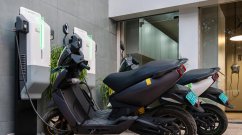Between 1970 and 1972, a timeless icon with the global appeal was created in Munich in just 26 months. 3.5 million working hours on the construction site. 500 builders and 200 architects, engineers, and draftsmen.
Over 3,000 façade elements were manufactured for the first time in Europe using the Japanese cast aluminium process. At the time, employees from twelve nations built the BMW landmark. Today, colleagues from over 104 countries work side by side there and in the neighboring plant.
The BMW Group celebrated its corporate headquarters as a world-famous architectural icon with over 200 international guests in attendance, from business, culture, politics and society. The keynote speech by architect and Pritzker Prize winner Francis Kéré as well as the appearance by Nihal Saad, Chief of Cabinet of the United Nations Alliance of Civilizations, made the ceremony a special event.
To this day, the BMW Group Headquarters, with its suspended construction, is one of the most innovative engineering buildings of the post-war period – because the four cylinders are suspended from a cruciform steel beam construction on the roof.
In the process, the building did not grow from the bottom up, as was generally the case, but rather the upper floors were first manufactured time-effectively on the ground, then moved upwards hydraulically on the massive "tower shaft" made of reinforced concrete and completed in several segments.
In August 1972, opposite the renowned Olympic site designed by Behnisch & Partner with Frei Otto, the BMW Group Headquarters was completed. Designed by Austrian architect Professor Karl Schwanzer, the administrative building has since become a timeless icon with global appeal for Munich and the company. With its impressive façade, visionary construction and spatial concept, the "suspended tower" uniquely combines visual conciseness with a constructive and functional logic.
The innovative power of Schwanzer's design stands for the BMW Group then as now, making the company headquarters a beacon of sustainable mobility for tomorrow. Celebrated in the media as the "most impressive and coolest corporate headquarters in the world", it is not only a symbol of economic success but also stands for international exchange, peace and interculturalism. Today, the "built communication" implemented by Schwanzer points the way to a new era of electrification, digitalization, and circularity.
